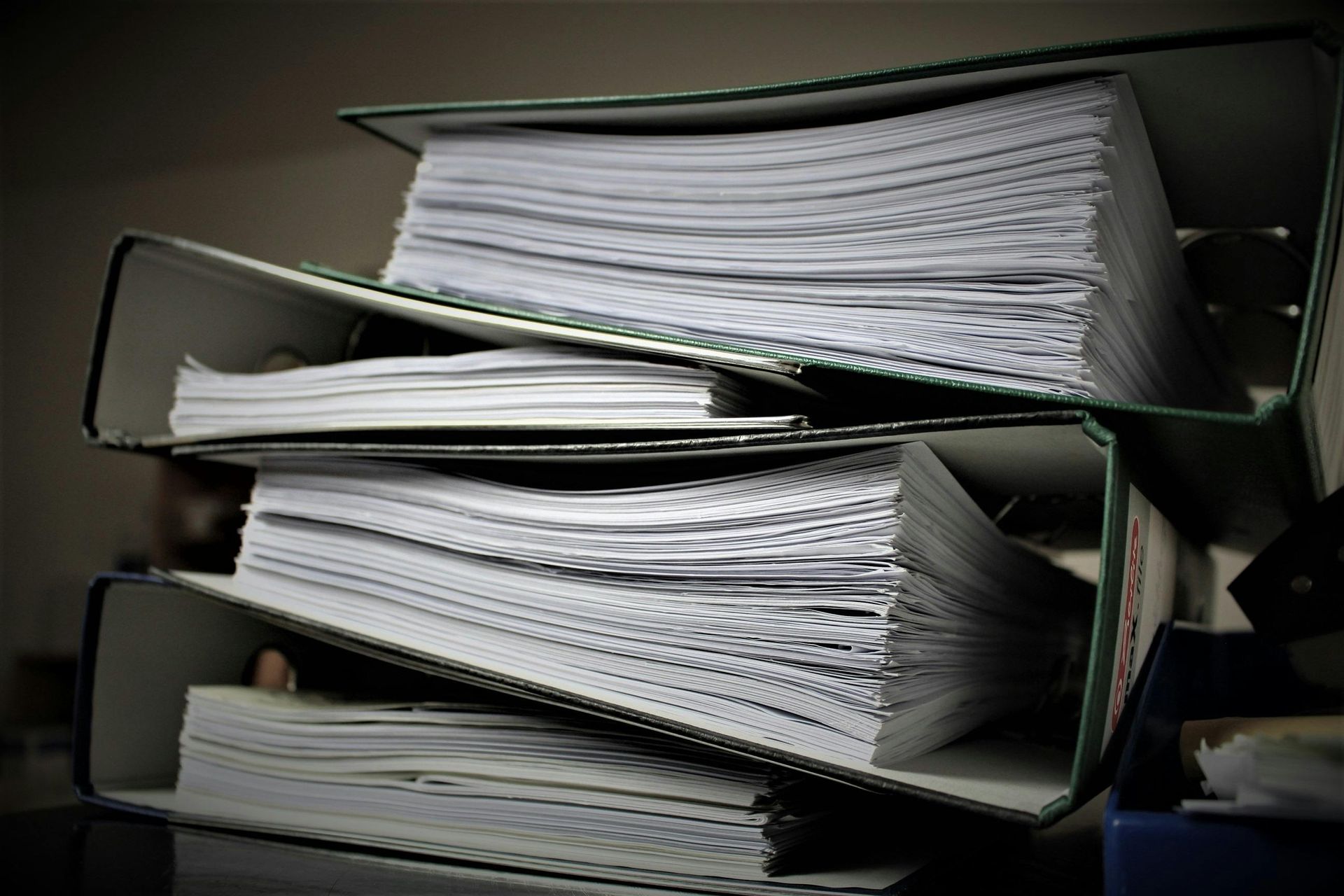As Consumer Debt Reaches Another All-Time High, Americans Consider Bankruptcy
It’s no surprise that many Americans are buried in debt. We were in a dangerous spot before the recession hit, but when the economy takes a turn for the worse, jobs become scarce, and people break into their rainy day savings (and in some cases, their retirement), those who were treading water start to sink fast. For many households, it’s just a baby step from struggling with debt to facing foreclosure, and struggling to provide the bare necessities. The fear of falling on hard times is hitting more American households as the Covid-19 pandemic causes drastic changes, and as American consumer debt reaches all-time highs.
The Long Term American Relationship with Debt:
Being in debt is not a new idea for Americans, and it’s not a bad idea. Americans take on debt for several reasons that are entirely above board, respectable, and even admirable. Americans might take on debt to purchase a home or a car, to send their child to college, etc. Debt is a big part of what makes capitalism work. The system is built on the extension of credit and the debt that credit creates.
Consumer Debt in America:
After the second quarter of 2019, American consumer debt was approaching $14 trillion. The second quarter of 2019 constituted the 20th consecutive quarter in which American consumer debt increased. American consumer debt in the second quarter of 2019 totaled $13.86 trillion. This was up $219 billion from the first quarter of 2019 and passed the previous record high of American consumer debt by $1.2 trillion. (Previously, the record high for American consumer debt was $12,68 trillion in the third quarter of 2008).
Different Types of Consumer Debt in America:
There are four main areas of consumer debt that see consistent growth in America: home, auto, credit cards, and student loans. The modern-day credit card entered the scene in the late 1950s and brought significant buying power to US consumers. It also brought a new threat to US households – a substantial increase in the potential for financial disaster. Over 189 million Americans have credit cards. The average cardholder has four different credit cards. American households with credit card debt carry an average of $8,398 in total credit card balances.
If you are facing financial disaster due to overwhelming credit card debt, don’t hesitate. Call Kenneth C. Rannick P.C., Tennessee, and Georgia bankruptcy attorney. We help good people through bad times.
The post As Consumer Debt Reaches Another All-Time High, Americans Consider Bankruptcy appeared first on Kenneth C. Rannick, P.C..











